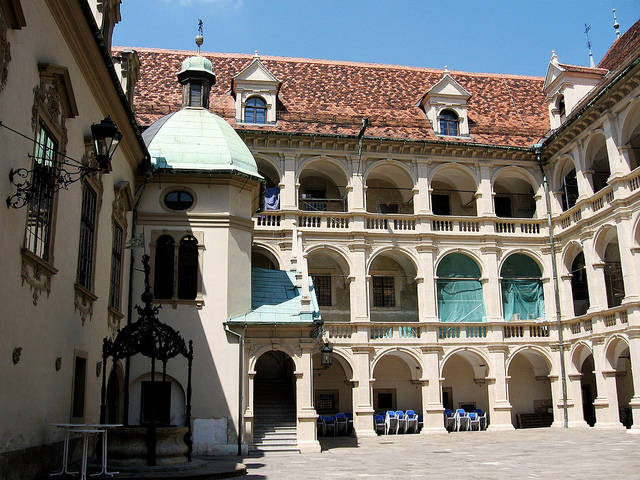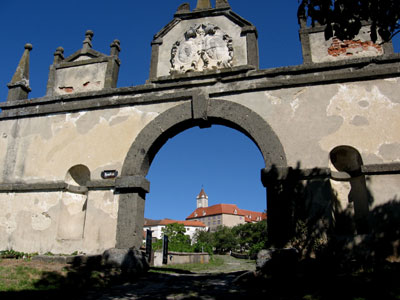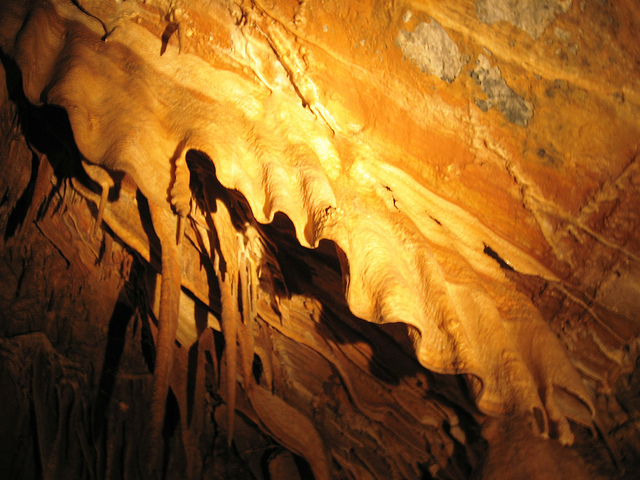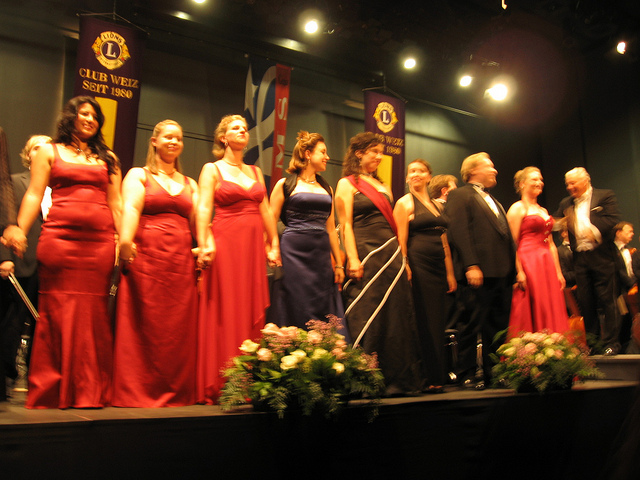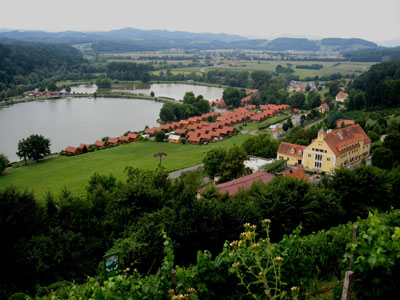Much of Austria’s cattle industry is still based on free-range methods, and adds a significant contribution to the country’s economy. Roughly 80,000 cattle farms own about 2.1 million cattle, of which about 800,000 are dairy cows. Only 5.5% of Austrian cattle farms have more than 100 animals, and the small size of the farms ensures a close connection between the farmer and his/her animals. These cows were obviously enjoying their carefree lifestyle and their unrestricted ability to roam on the hilly pastures.

The “Rathaus” (City Hall) of Graz
I continued my drive along 25 km of rolling country roads into Styria’s largest urban centre. With a population of about 250,000 Graz is the second largest city in Austria. Although it is a significant regional and industrial centre, Graz is not as well known as smaller cities like Salzburg and Innsbruck. Due to its impeccably maintained architectural heritage, Graz was declared a UNESCO World Heritage Site in 1999, and became the European Cultural Capital in 2003. Its name is derived from the Slovenian term “Gradec” which literally means “little fortress”.

The baroque basilica of Mariatrost
At the eastern entrance of the city there is a suburban area called Mariatrost which is crowned by the large pilgrimage church of Mariatrost. I stopped at the top of the Purberg hill, parked my car and walked past a large restaurant to the front of the church. The Basilica of Mariatrost (Maria Consolation) was built between 1714 and 1724 in baroque style.

Interior of the Basilica of Mariatrost
The ceiling frescoes in the interior of the church are particularly noteworthy. Two massive 61 m high towers anchor the church and cupola at the eastern end of the structure and can be seen from far away. The front of the church is accessed through a set of stairs called the Angelus Steps. To this day the Basilica of Mariatrost is the second most important pilgrimage church (after Mariazell) in the Austrian province of Styria.

The Graz Opera House
I continued my drive into the centre of Graz and parked my vehicle in the underground garage next to the Graz Opera – at more than 20 Euros not exactly an inexpensive way to see the city, but affordable parking is difficult to find in downtown Graz. My first stop was the Graz Opera House, a neo-baroque building that was opened in 1899 and damaged during an air strike in World War II. A few steps further west I reached the Herrengasse, the main shopping street of Graz, framed by dozens of high-end retailers and restaurants with outdoor patios. A line of the Graz streetcar system continues all along the length of this major street.

View towards the Stadtpfarrkirche
The west side of the Herrengasse features two major sights: the Landeszeughaus (Armory), a weapons museum with roughly 32,000 exhibits including harnesses, helmets, armours, rifles and pistols, as well as the Landhaus, seat of the Styrian Provincial Government. One of Central Europe’s most stunning Renaissance structures, this palace was built in the first half of the 16th century according to plans of the famous architect Domenico dell’Allio. The three level arcaded courtyard is a true architectural gem, and on the southern end of the square visitors can relax in the historic Landhauskeller restaurant which features an attractive courtyard patio.

The beautiful arcaded courtyards of the Landaus
On the other side of the Herrengasse is the “Gemaltes Haus” – also called the “Herzogshof” (Painted House or Duke’s Estate), a painted house whose baroque frescoes were created in 1742 by Johann Mayer and illustrate the gods of Roman-Greek mythology. Just steps northwards from there I reached the “Grazer Hauptplatz”, or Graz’ main square. This extensive essentially triangular square is framed on two sides by five and six story stately houses painted in a variety of intense baroque colours such as salmon, ochre, brick red, and many feature detailed façade ornamentations.

Stately houses on Graz’ Main Square
